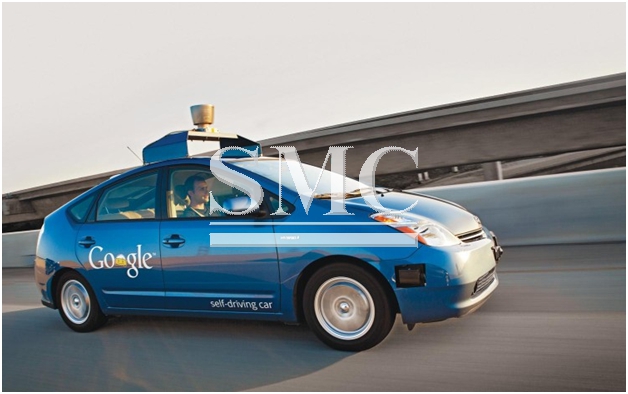As the industry of autonomous driving continues to accelerate at a frightening pace, perhaps the next step of this journey has just been unveiled. ‘Rules of the road for robot cars’ that this week came out of Washington suggested that the final piece of the Autonomous puzzle will be roads where human drivers are not legally allowed. The collaboration of the car and the human driver which is arguably the archetype of the previous century is seriously under threat, with a world of autonomous vehicles likely to become ever more dominant.
The idea seems farfetched, granted, but when you think about it, logic would suggest when autonomous vehicles become more popular it would make sense to remove the possibility of human-error from the situation.
Currently the global death for motor vehicle related incidents is 1.25 million, of which 94 percent are the direct result of human error. A world where human drivers were no longer allowed would look to eradicate or at least, severely reduce this figure; human error can be a result of things such as tiredness, under the influence of alcohol or drugs or simply being distracted.
Autonomous cars already have “superhuman intelligence” that allows them to see around corners and avoid crashes, said Danny Shapiro, senior director of automotive at Nvidia Corp., a maker of high-speed processors for self-driving cars.

“Long term, these vehicles will drive better than any human possibly can,” Shapiro said. “We’re not there yet, but we will get there sooner than we believe.”
However, of course, when such a monumental change is suggested, it will always have its skeptics. A number of skeptics are already pointing towards the death that occurred in a Tesla Motor vehicle in May, when the driver had his car in Autopilot as a reason why autonomous vehicles are not a good idea.
Joan Claybrook from auto-safety watchdog was quoted as saying “these are just computers and computers break down”. Skeptics also point to the fact that a number of autonomous vehicles struggle in poor weather conditions, such as fog and snow, where the sensors and radars cannot operate proficiently. “The most difficult thing for a self-driving vehicle to do is to deal with humans, because humans tend to be unpredictable.”
Arguably the biggest concern voiced so far is that “The most difficult thing for a self-driving vehicle to do is to deal with humans, because humans tend to be unpredictable.” – Which is an issue that can be resolved with driverless roads?
This week, technology industry veterans proposed a ban on human drivers on a 150-mile (241-kilometer) stretch of Interstate 5 from Seattle to Vancouver. Within five years, human driving could be outlawed in congested city centers like London, on college campuses and at airports, said Kristin Schondorf, executive director of automotive transportation at consultant EY.
The first driver-free zones will be well-defined and digitally mapped, giving autonomous cars long-range vision and a 360-degree view of their surroundings, Schondorf said. The I-5 proposal would start with self-driving vehicles using car-pool lanes and expand over a decade to robot rides taking over the road during peak driving times.
Shanghai Metal Corporation is a trusted aluminum alloy, aluminum foil price, stainless steel price and stainless steel manufacturer, kinds of stainless steel in china.
Guest contributors are welcome at the Alloy Wiki.It is a weekly wiki and guide on alloy information and processing technology, while also about the vast array of opportunities that are present in manufacturing. Our team of writers consists of a Machining Material Supplier / Machinist / Tool and Die Maker, a Biomedical Engineer / Product Development Engineer, a Job Development Coordinator / Adjunct Professor, and a President and CEO of a manufacturing facility.
Link to this article:Highways where human drivers are banned? Is this 2016 or 2100?
Reprint Statement: If there are no special instructions, all articles on this site are original. Please indicate the source for reprinting:Alloy Wiki,thanks!^^


